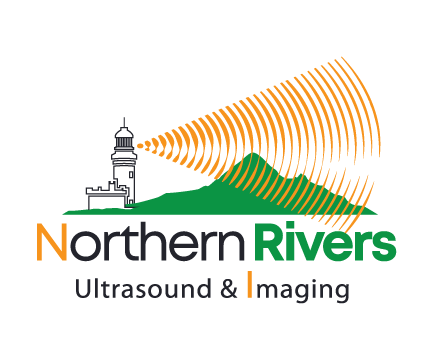Doppler Ultrasound
Doppler ultrasounds are usually performed in response to concerns over blood circulation in any part of the body. They can be used to assess the risk of strokes and also to test quickly if there is any evidence of DVT (deep vein thrombosis). Should there be any evidence found, appropriate measures can be taken immediately to reduce the risk of further clotting.

Ultrasounds are performed by a sonographer, a specialist in medical ultrasound.
In most cases you will be required to remove any clothing that covers the area being examined.
Once in the ultrasound room a sonographer will apply gel to your skin and pass a marker pen shaped instrument over the gelled area. Images of your blood vessels and blood flow should then appear on the screen in front of you. Once the sonographer is satisfied that there are accurate images of all the vessels that are to be examined the examination is over.
The images are reviewed and interpreted by a radiologist and are printed for you to take with you to your next doctor’s appointment. The time taken for this process varies greatly from patient to patient due to varying proximities of the blood vessels. The whole process normally takes around an hour although examinations that take longer are not uncommon.
Other than the initial cool feeling of the gel, you should not feel any pain or discomfort during this examination.
Doppler ultrasounds can show if there is any blood clotting, restricted flow or even reverse flow. As ultrasounds show images in real time they can show the efficiency of the flow at the exact time of scanning.
No. It is usually best to wear lose fitting clothes to avoid having to change wherever possible.
All the above material is sourced from RSNA and if fully copyrighted Copyright © 2010 Radiological Society of North America, Inc. (RSNA)





